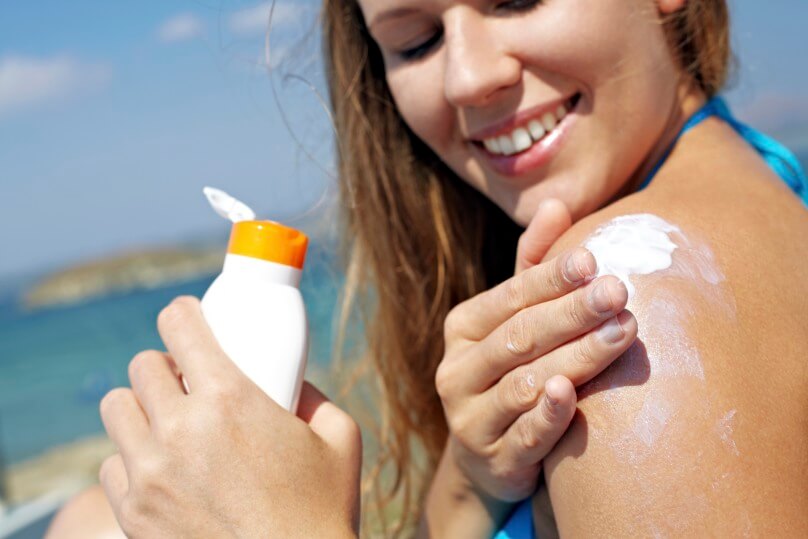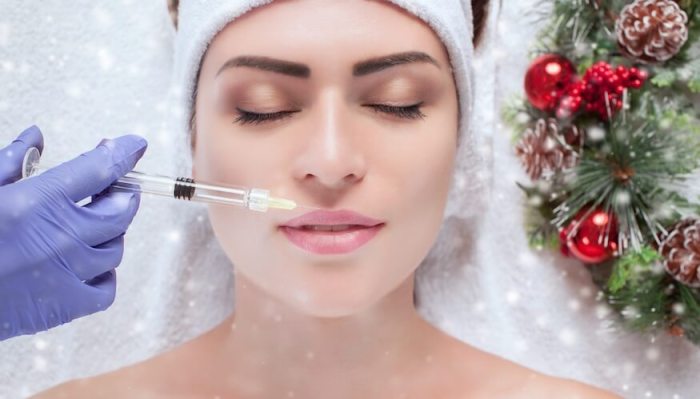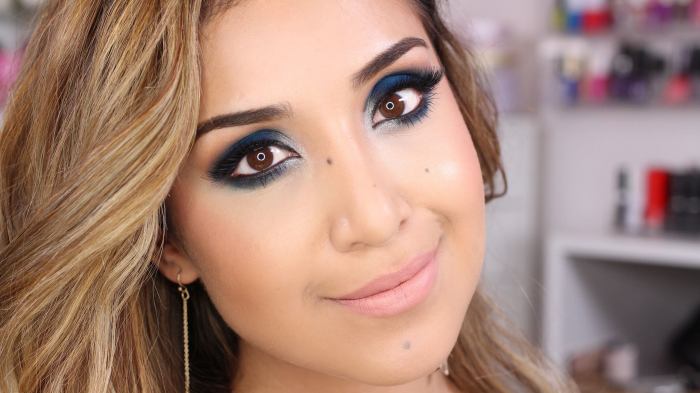Here’s what you don’t know about sunscreen

iStock
Ever try to make sense of a sunscreen label? Unless you’re a chemistry major, the ingredients leave most of us dumbfounded.
Now that summer is in full force, selecting the best sunblock for your lifestyle is key to protecting your skin from sun damage. Metro checked in with Dendy Engelman, M.D. of Manhattan Dermatology & Cosmetic Surgery. Here’s what the director of dermatologic surgery at Metropolitan Hospital has to say about finding the best sunscreen.
WHAT KINDS OF SUNSCREENS ARE AVAILABLE?
According to Engelman, sunscreens fall into two different camps—chemical blockers and physical blockers. Chemical blockers are ones that require a chemical reaction to occur before they can actually be effective.
“These are the sunscreens that, when you look at the label, have ingredients that sound significantly chemicaly and have very long names,” says Engelman, adding that chemical blockers are considered safe for everyday use. “They go on very smoothly and are very transparent, so a lot of people like these.”
But if it’s strength you’re after, physical blockers are a superior bunch. Unlike chemical-based varieties, these types of sunscreens actually sit on the surface of the skin to block the sun’s dangerous effects. When scanning labels, look for elements like titanium dioxide and zinc oxide.
“It’s a really important distinction to make because physical blockers are more effective,” says Engelman.
So why isn’t everyone using physical blockers? According to Engelman, it all goes back to the old stereotype of the lifeguard on the beach with the white nose.
“The truth is that physical blockers do leave a little bit of a white sheen, even in the most micronized of particles,” she says. “But more and more [researchers] are doing a beautiful job of reformulating the particle size so that it doesn’t make you look completely white.”
Even still, some people opt for chemical blockers simply because they’re more cosmetically elegant. At the end of the day, Engelman says that chemical blockers, while less effective, are still better than nothing.
TRY BABYING YOUR SKIN
Looking for a gentle brand that still offers serious sun protection? Engelman advises her patients to baby their skin—literally.
“A lot of the baby versions of sunscreens are great, like Neutrogena’s Pure and Free Baby and Blue Lizard’s baby versions,” she says. “If you’re in the aisle at the drugstore and feeling overwhelmed, look at the baby versions. They tend to be more of the physical blockers and are great.”
WHAT’S THE DEAL WITH SPF?
There has been a long-running controversy regarding SPF. Historically, it’s been said that anything higher than 15 isn’t really making much of a difference. But Engelman says that reaching for a higher SPF isn’t a bad idea.
“According to the American Academy of Dermatology, SPF 15 is inadequate,” she says. “We recommend wearing a minimum of SPF 30 or higher.
Why? According to Engelman, the majority of us don’t actually wear the amount of sunscreen that’s worn during studies with test subjects. “They usually are using boatloads more than what most humans are going to apply,” she says.
How much more? Engelman says that to get the full SPF protection on the label, you’d have to use enough sunscreen to fill up a shot glass. So applying a normal amount of SPF 50, for example, is realistically only equivalent to an SPF 25-level of protection.
REAPPLYING IS KEY
Once women have applied their makeup, most of them don’t want to reapply sunscreen on top of that throughout the day. Engelman suggests powder blockers, many of which come in a variety of shades to match your skin tone. Simply dust it on and go.
“These are amazing,” she says. “You can keep them in your purse, travel with them; you just shake the powder onto the brush and apply it. It’s perfect because it’s not greasy, but it still protects your skin.”























